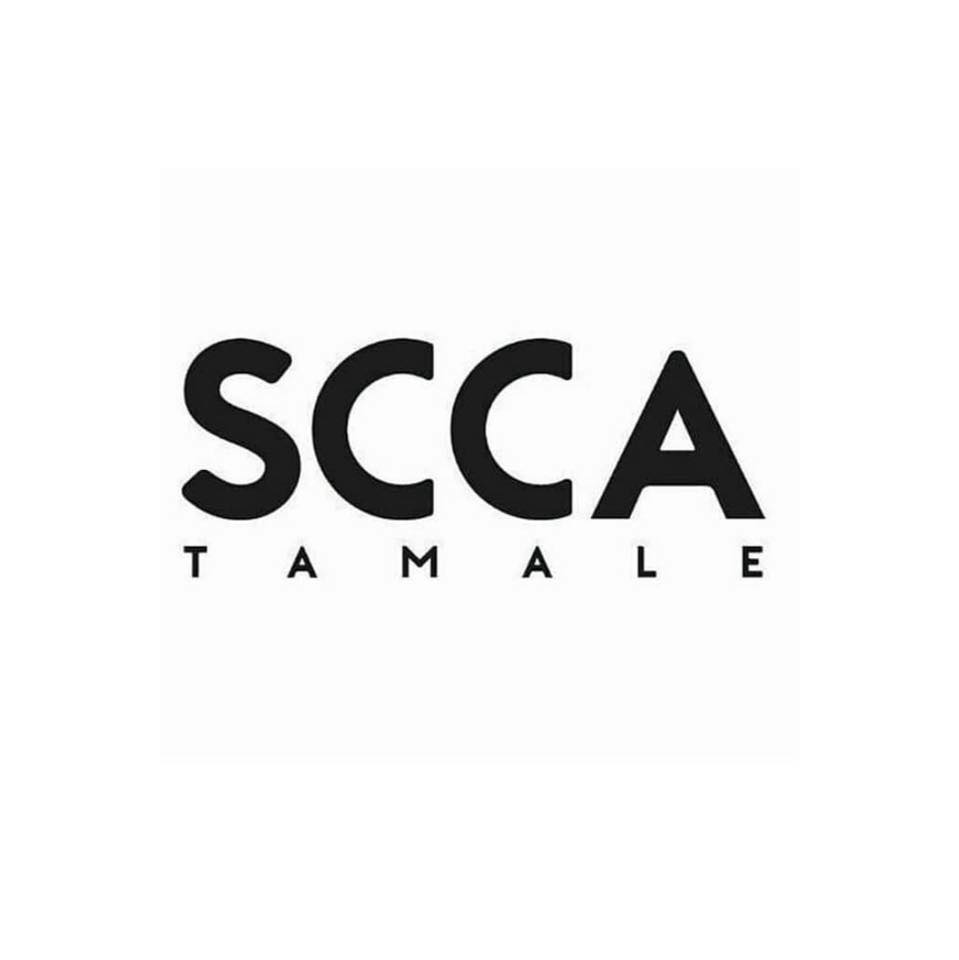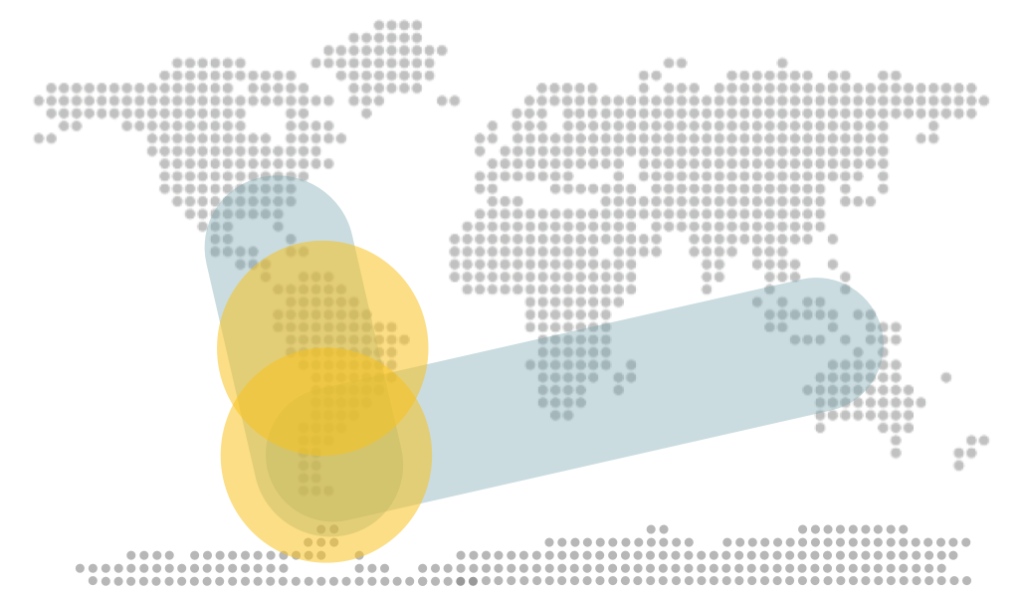New Panafricanism.
the trip
In September 2022, m7red along with Ibrahim Mahama and SCCA – Red Clay Studio organized a tour of the Volta River region, Ghana, within the framework of the Prince Claus Foundation’s Mobile Lab.
south america-atlantic-global south
The Volta River region’s tour begins a new hypothesis that takes our research on basins and complex scenarios in Argentina and expands them to the large spaces and territories that, through an unpredictable process of composition and disarticulation, are giving rise to a new spatial paradigm.
basin
The Volta River is the main river system in Ghana. Named Volta by the Portuguese, who traced it in the 15th century, it flows into Ghana from the highlands in Burkina Faso, formerly called Upper Volta. Its main tributaries are the Black Volta, the White Volta and the Red Volta. The Black Volta forms the international borders between Côte d’Ivoire, Ghana and Burkina Faso. The Volta flows south and empties into the Atlantic Ocean in the Gulf of Guinea. In the south of Ghana, Akosombo, a large dam has been built, generating energy for the aluminum industry. Its reservoir, called Lake Volta, is the largest artificial body of water in the world.
historical/current ghana
Ghana is a country located on the Gulf of Guinea. Its territory is divided to the north by the Savannah that borders the Sahel in Burkina Faso, and to the south by the temperate forest area that borders the sea. It has a population of 33 million people.
It’s an economy with abundant natural resources: Ghana is the second largest cocoa producer in the world after Côte d’Ivoire. Palm oil, coffee and rubber crops also stand out. In the mining sector, the production of gold, bauxite and manganese is significant. Additionally, it produces oil and natural gas. The secondary sector contributed 23.3% of their national GDP in 2018. Aluminum smelting, food processing, cement production, small commercial ship building and the oil industry underpin Ghana’s manufacturing development. Likewise, it maintains an important automotive industry. The tertiary sector participated in 39.2% of the GDP. The banking sector has developed and modernized in recent years. There are also great developments in the telecommunications sector.
infrastructure
Ghana is today mainly an exporter of raw materials. Half of its exports are gold and oil, followed by cocoa beans. The process of its independence attempted to reverse or counterbalance this trend, which began with the colonial extraction of resources, through the development of infrastructure and large construction works. The Akosombo dam is one of the clearest examples of landscape transformation, simultaneously conflictive and hopeful for the generation of its own sustainable energy, which would give place to the development of a large aluminum industry. The fall of the decolonial impetus of the 60’s plunged Ghana and many African countries into an infinite loop of indebtedness, instability, and inequality. The old colonial system changed its face but the data shows how instability never weakened the output of materials for very low price premiums to developed northern countries. The monetary system was in some cases explicitly left in the hands of the former colonial metropolises.
nkrumah
Ghana was the first African nation to achieve independence in 1957, and it had to go through negotiations with both major power blocs from the time, the US and the USSR, in order to ensure its stability and development of national infrastructure, and to preserve autonomy during the Cold War.
For Kwame Nkrumah, one of Ghana’s foremost independence leaders, the country’s independence should not be understood in the Western terms of the taken-for-granted Nation State, but rather it was a systemic problem, epistemic and continental: «Ghana’s independence without the independence of all Africa makes no sense» . On the other hand we could say at the same time, following Dr. Patrick Lumumba, that Ghana «resumes» its independence, more so than acquires it. It resumes its condition prior to colonization.
Ibrahim Mahama and the dialectic of coexistence
The establishment of a conversation with Ibrahim Mahama, fellow Prince Claus Laureate, and being able to get to know his assemblage of art, technology, archeology and pedagogy in Tamale led us to understand his dialectical or heterochronic approach to his country and its history. For him, it is a relationship where different pasts coexist and transform their accidents and failures into possibilities of simultaneous development, they transform many of the “failures” or “failed beginnings” of Ghana’s history into a landscape without ruins, of multiple forums and indeterminate, ungoverned processes of knowledge. This is best exemplified by the airplane turbines he exhibits in Red Clay. Without indications, without categorizations, one approaches these artifacts and they are then technology, art, industry, history, game, criticism, all simultaneously.
This project allowed us also to compare territorial and national processes in different marginal continents, making us get closer to ideas on how to recompose and regenerate a fractured and oppressive, but also visionary and powerful, historical legacy, overcoming victimization, challenging the norms of acceptable development and recovering new beginnings.
Rescued objects bring their own temporalities. The things are there. But Ibrahim warns us to overcome the temptation to complete them, to finish them. Quite the opposite. We should open them to new dynamics, dismantle them and recompose them.
dialectics of pan-africanism. past and present, technology and nature; the recomposition of history
There is a presence of different temporalities outside a progressive historical scheme. In this fold of history, in this post-neo-globalization, there’s a possibility that the development of countries is not measurable according to a type of standards, but through a composition process where what really exists can be valued according to its polyhedral reality.
Ghana is a complex and very rich place where many worlds meet. Its historical strata contain traces of ancient kingdoms and cultures, reflected in many of the existing territorial and social structures. The scenario of the conflictive and productive encounter of Islam and those kingdoms and regions merged on the coasts and the great regional basins: Niger, Volta, Congo, etc. There can be found together a very strong pre-modern past at a territorial level and a very dense modern-colonial past, a great visionary imprint of the era of independence in the mid-20th century and a growing and very dynamic population. The coexistence of religions and ancient traditions, the current intersection of relationships between the Western world and the Eastern world, between old debts and new commercial mechanisms. It could be described as a landscape of fragments of futures begun and of vital power.
The tragic cost of Western colonization, the pre-modern civilizations of the great basins, the 20th century’s spirit of independence and the traces of an innovative continental unity, the encounter between Islam and traditional cultures in the Zahel strip. In Ghana you can see the intersection of worlds where a large part of the regions and countries of West Africa meet: the West, that of the global south (today represented by the BRICS+) and that of panafricanism, whose visionary fragments, far from extinguishing after the first attempts in the 50’s and 60’s, were stored in a compost that seems to be awakening in these moments. Today Africa plays a fundamental role in the shape the world will take in this moment of systemic transition, not only in terms of resources and position, but as a way of imagining and composing a totality.
To recover and ontoplain the pre-modern past and its current work in the daily and territorial fabric, to recover all the fragments of the beginning, which seem like ruins but are platforms. To recover the complex and painful colonial past and avoid using it as mere evidence of a crime, to appropriate it and to change its use. Memory will be strengthened if we preserve it and will fade if it becomes a taboo or an abstract evil. To recover the present vital impulse as a power of transformation, to recover the ancient encounter between humans and environments. Where there is a ruin or deterioration there is a track of coexistence and mutual amplification.
To value existences as pieces of an ongoing composition. This process requires dialectizing, as Ibrahim does, images and situations, positioning oneself and what exists in terms of composition, generating new partial totalities, new positions for old things. New things in old settings are other things in new settings. Pan-Africanism reflects this indeterminacy between the multiple and existing and the new and total. It is a way of deactivating a linear time imposed by Western modernization without discarding its spatial and material innovations. Being outside that homogeneous and linear time, that of globalization, Ibrahim is able to make the circular assembly under the tree coexist with airplanes and conceptual art.
While traveling along the savannahs of the north region, we found a recently laid fiber next to an ancient and massive anthill that has engulfed a big tree inside it. These are signals of a dialectic between past and future, technic and nature that goes beyond the former paradigms of development and growth. It seems that the future of Africa lies more in the coexistence in the space of the temporality of things, than in a timeline that is devouring what has been done. It’s composition time.




this project is part of amerindia, a cartography of the global south’s great spaces.

